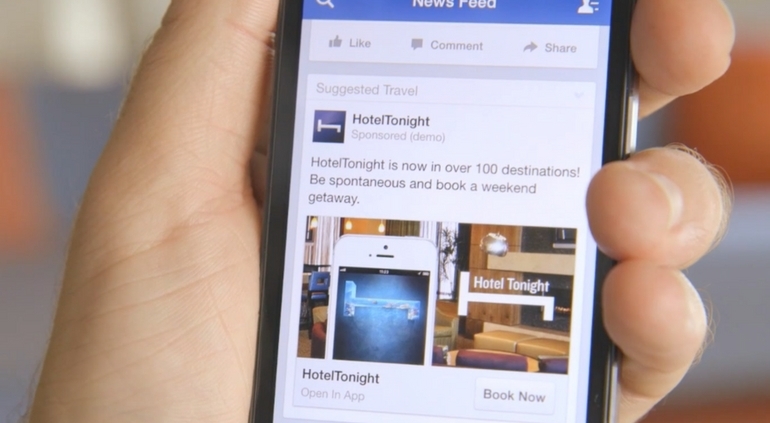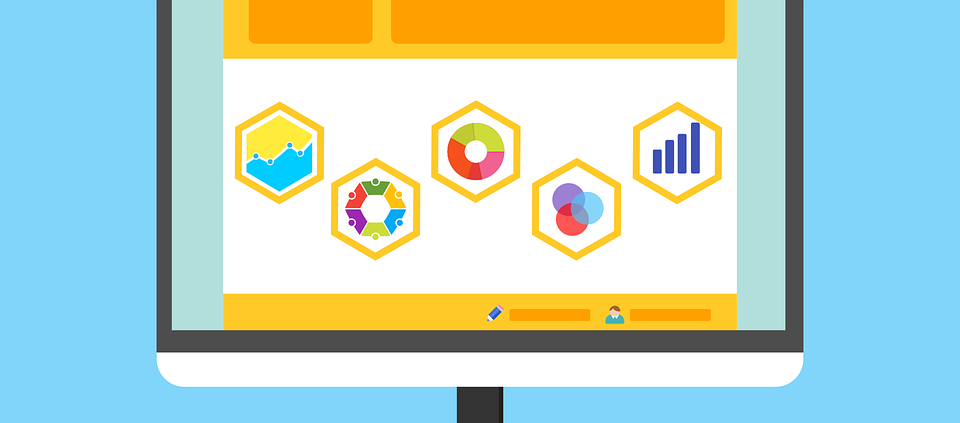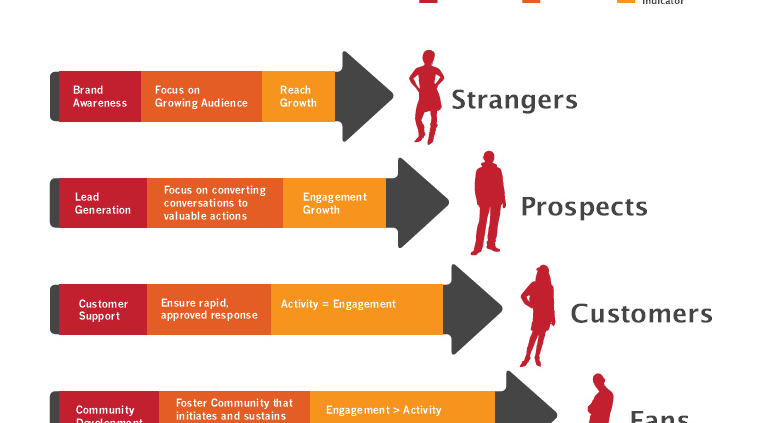We all know Instagram is imperative to growing – and maintaining – a business. But some business owners aren’t as savvy when it comes to Instagram marketing. So, we’ve rounded up some of the best marketing hacks to help you grow your business using Instagram!
Hashtags are KEY
Chances are, you’ve seen hashtags on an Instagram post. But how many are you supposed to use? Which ones are the most effective? Hashtags are used in addition to your caption in order for those not already following you to find your page. Users search for relevant, industry-related hashtags and you want to make sure your posts show up.
When choosing and using hashtags, use a mix of both popular hashtags and less popular hashtag, yet extremely relevant hashtags. With this mix, you’ll attract those searching for popular hashtags while also attracting those who are interested in your specific industry.
Try to use at least one hashtag per post. You can even put them in a separate comment if you don’t want to clutter your caption.
Join the Instagram Community
Like any other social network, Instagram is most effective when you use it as a way to form relationships with other users. It’s not just a platform to post snapshots of your own life, it’s a way to form a community with others.
To build lasting relationships, use the appropriate hashtags as well as like and comment on other users photos. It’ll show that you are supportive of other people and put you in front of people who may not have otherwise found your page.
Keep Images & Profile on Brand
A super important Instagram marketing hack is to keep your images on brand. That means ensuring your images are cohesive and closely related to your brand. For example, if your brand is bright and colorful, don’t post dull, lifeless photos. Make sure you keep fonts consistent (or at least in the same font family), too.
Furthermore, optimizing your profile as a whole will ensure you stay on brand. Include a backlink to your website in your bio – it doesn’t have to be static, you can change it if you are running a promotion or campaign.
Use your logo – typically as your profile picture – so users know it’s your brand and include your physical location (or at least city and state), especially if you have a physical location. Use your bio to articulate exactly what your brand is to help users know exactly who you are.
Post Efficiently
While it is ultimately up to you how many times you want to post on Instagram, there is some research behind optimal posting frequency. According to one study, out of 55 brands, most post 1.5 times per day. Interestingly enough, they found that brands who most more than 1.5 times per day didn’t have decreased engagement.
So, don’t be afraid to post more than once or twice a day. Begin with one per day and if that works, try experimenting with two to three and go from there!
Enlist the Help of Apps
While you don’t necessarily need an outside app to be a successful Instagram marketer, it certainly helps. Iconosquare, for example, allows you to access your Instagram account from your computer.
There are also a number of apps that allow you schedule out posts as well as some that help you connect with the right audience and find engaging posts to share.
Use Instagram Ads
If you’re really looking to really rev up your business, consider Instagram ads. Similar to Facebook or Google ads, Instagram ads allows you promote a specific service or product using an advertisement. You can do an Instagram photo ad, video ad, carousel ad, or Instagram stories ad.
You need to have a Facebook page in order to run an Instagram ad but it’s fairly easy! Then, you can choose the type of ad you’d like and set your budget and choose how long you’d like to run it for. Try different types of ads to see which one works best for your business.
Grow Your Following
The best – and most loyal – followers are those that genuinely care about your brand. Sure there are ways to buy followers, but growing your audience organically will have a lasting effect.
One way to organically grow your audience is to post regularly and consistently, use quality photos and content, include relevant captions and hashtags, and engage with your followers!
Use these tips and you’ll be a pro Instagram marketer in no time! And if you’re looking for a little extra help when it comes to content marketing, let Retaliate1st help you! We offer services in social media, performance marketing, content marketing, and search engine optimization to help you take your business to the next level. Learn more about our services here.

























